Dara Rasami, an influential woman between two kingdoms
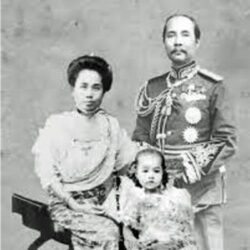
Dara Rasami (1873-1933) was a princess of the Chet Ton dynasty of Lan Na (Chiang Mai) kingdom. In 1886, King Chulalongkorn of the Kingdom of Siam (Bangkok area) asked for her hand in marriage. She became quite a consort among the other 152 wives of King Chulalongkorn and played an important role in the later merging of Siam and Lan Na into present-day Thailand. She was actively involved in cultural, economic and agricultural reform after her return to Chiang Mai in 1914.
A beautiful German palace in Petchaburi
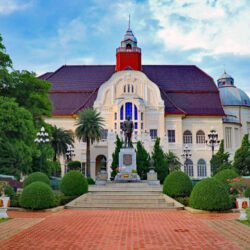
If I ever have to choose to settle somewhere in Thailand, Petchaburi has a great chance. It is one of the few well-preserved towns I know of and it is dotted with the oldest and most beautiful temples. It is curious that the city does not have more visitors, although the lack of them may also be the reason for its preservation.

I am looking for a good government hospital because many private hospitals are too expensive for me. If I'm not mistaken, I read a post here a while ago about the Chulalongkorn memorial hospital in Bangkok. Unfortunately I can't find this anymore.
Wat Benchamabophit – the marble temple
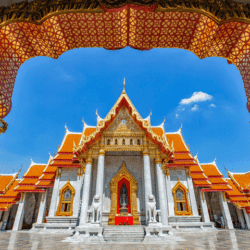
For most tourists who visit Bangkok, a visit to Wat Pho or Wat Phra Kaeo is a regular part of the program. Understandable, because both temple complexes are crown jewels of the cultural-historical heritage of the Thai capital and, by extension, the Thai nation. Lesser known, but highly recommended, is Wat Benchamabopit or the Marble Temple which is located on Nakhon Pathom Road by the Prem Prachakorn Canal in the heart of the Dusit district, known as the government quarter.
Homan van der Heide carried the water to the sea
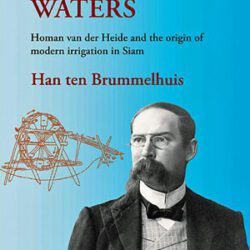
One of the most important and influential Dutchmen in Siam has been the far too long forgotten engineer JH Homan van der Heide. In fact, his story began in 1897. In that year, the Siamese monarch Chulalongkorn paid a state visit to the Netherlands.
A crazy Dutchman… or not?
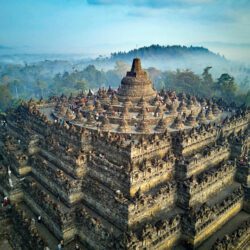
The Borobudur in Java is the largest Buddhist monument in the world. This temple complex of no less than nine floors from the eighth century of our era had been hidden under ash and jungle for centuries and was one of the greatest archaeological sensations in the early nineteenth century.
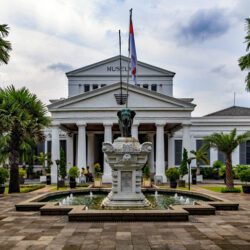
Indonesia is a privileged trading partner of Thailand and an average of half a million Indonesian tourists visit the Land of Smiles every year. The historical ties between the two countries are old and go back very far in time.
Andreas du Plessis de Richelieu: farang, saber sharpener, capitalist opportunist & eminence grise
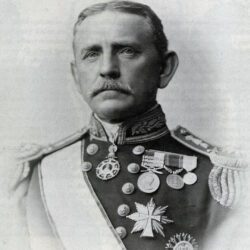
Today he is an almost forgotten historical figure, but Andreas du Plessis de Richelieu was once a not entirely uncontroversial Farang in the Land of Smiles.
King Chulalongkorn and the German spa town of Bad Homburg
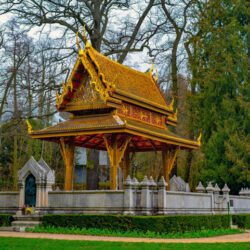
King Chulalongkorn visited Bad Homburg in Germany, a former imperial "Kur-Ort". At the time it was the summer residence of the German emperors with excellent "Spa" facilities, such as natural springs and "Kurparken".
Thanks in part to Russia, Thailand was never colonized

In the last years of the 19th century, Siam, as it was then known, was in a precarious situation. The danger that the country would be taken and colonized by either Great Britain or France was not imaginary. Thanks in part to Russian diplomacy, this was prevented.
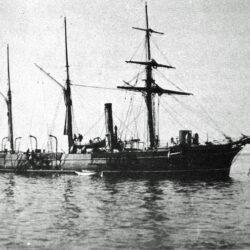
Tensions naturally ran high. In June 1893, warships from various nations arrived off the mouth of the Chao Phraya and might have to evacuate their compatriots in case of a French attack on Bangkok. The Germans sent the gunboat Wolf and the Dutch steamship Sumbawa showed up from Batavia. The Royal Navy sent HMS Pallas from Singapore.
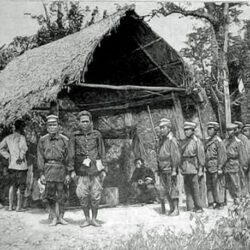
Gunboat diplomacy is, I think, one of those words that must be a wet dream of any avid scrabble player. In 1893 Siam fell victim to this very special form of diplomacy.
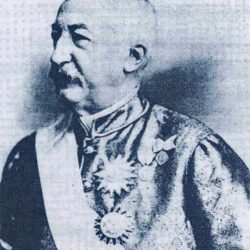
What many may not know is that a Belgian is the most influential European in Thailand's history. Gustave Rolin-Jaequemyns was an advisor to King Chulalongkorn (Rama V).
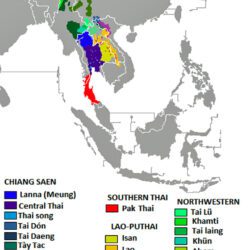
The regular Thailand-goer will probably be familiar with the term 'Thainess', but who are actually Thai? Who was labeled that? Thailand and the Thai were not always as united as some would have people believe. Below is a brief explanation of who 'Thai' were, became and are.
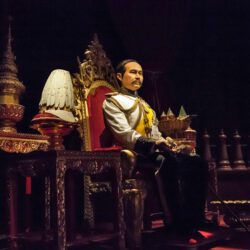
At the end of the nineteenth century Siam was, politically speaking, a patchwork of semi-autonomous states and city-states that was in one way or another subservient to the central authority in Bangkok. This state of dependence also applied to the Sangha, the Buddhist community.
The 'Revolution That Never Happened'
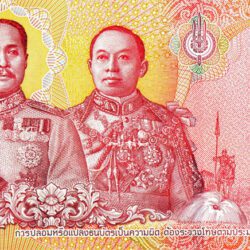
The 1932 Revolution was a coup that ended the absolutist monarchy in Siam. Without doubt a benchmark in the modern historiography of the country. In my view, the palace revolt of 1912, which is often described as the 'revolt that never took place', was at least as important but now even more hidden between the folds of history. Perhaps partly due to the fact that there are many parallels to be drawn between these historical events and the present…
The Rolin-Jaequemyns Mission Legal Advisers

In order to fully form part of the European-dominated world order of the late nineteenth century, a number of non-Western states were diplomatically put under 'gentle pressure' by the great powers at the end of the nineteenth century to comply with a number of conditions. For example, Siam – present-day Thailand – had to adopt a modern legal system, comply with international legal rules, set up a diplomatic corps and have properly functioning government bodies.






